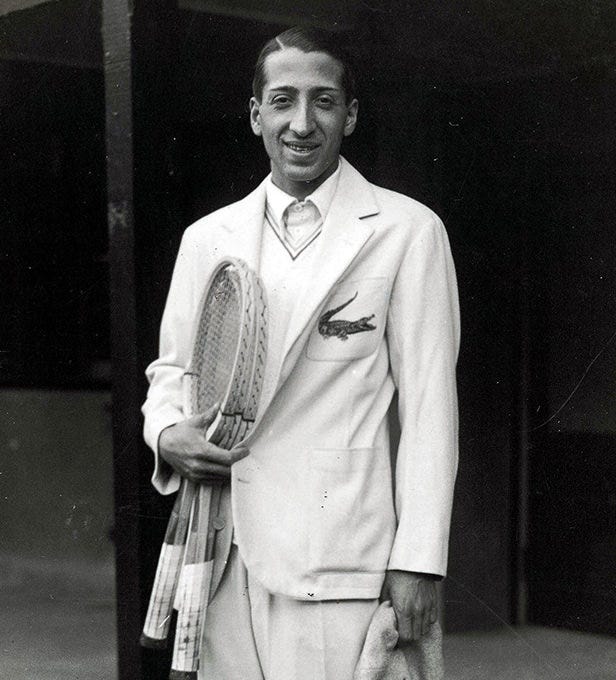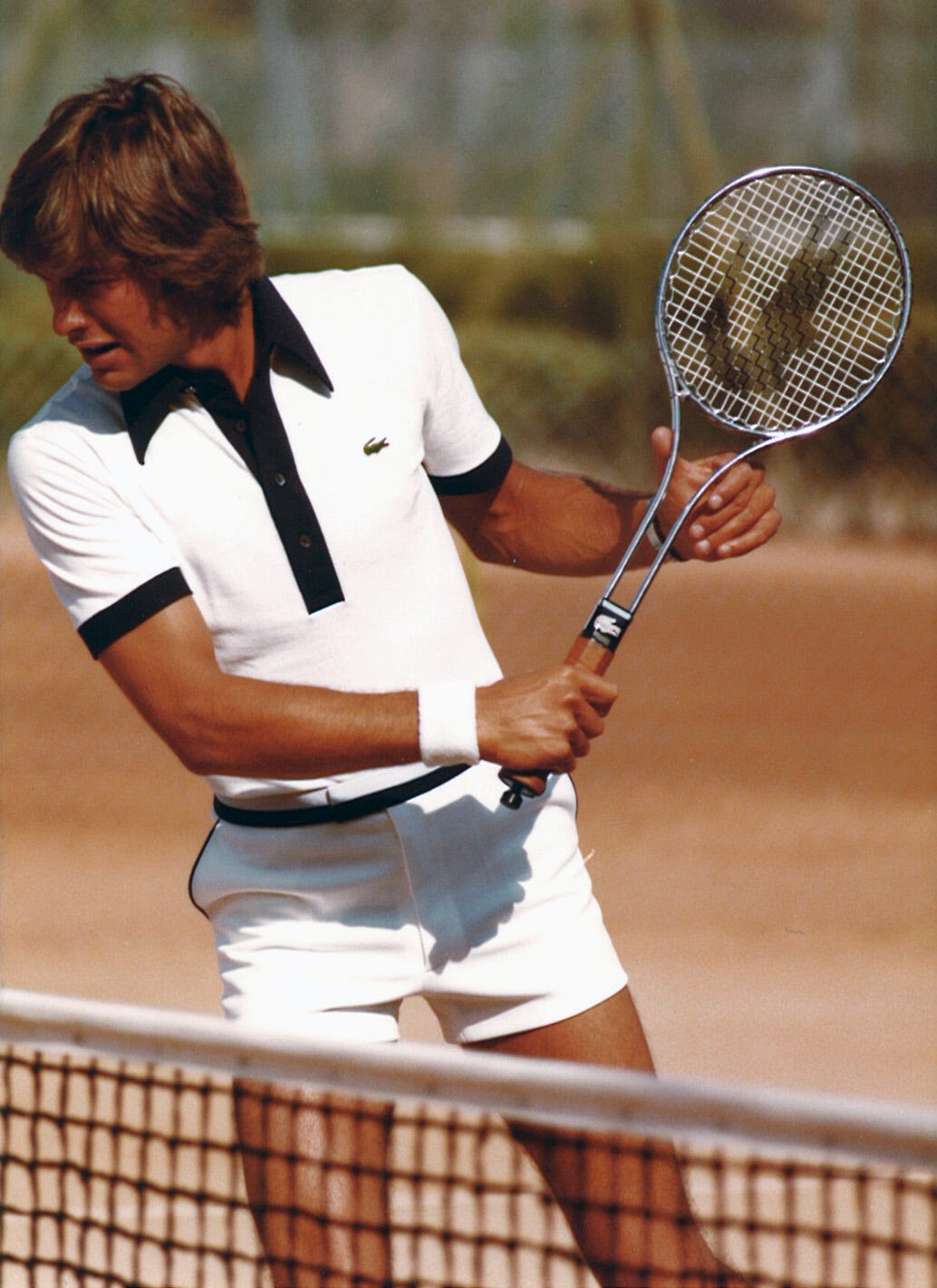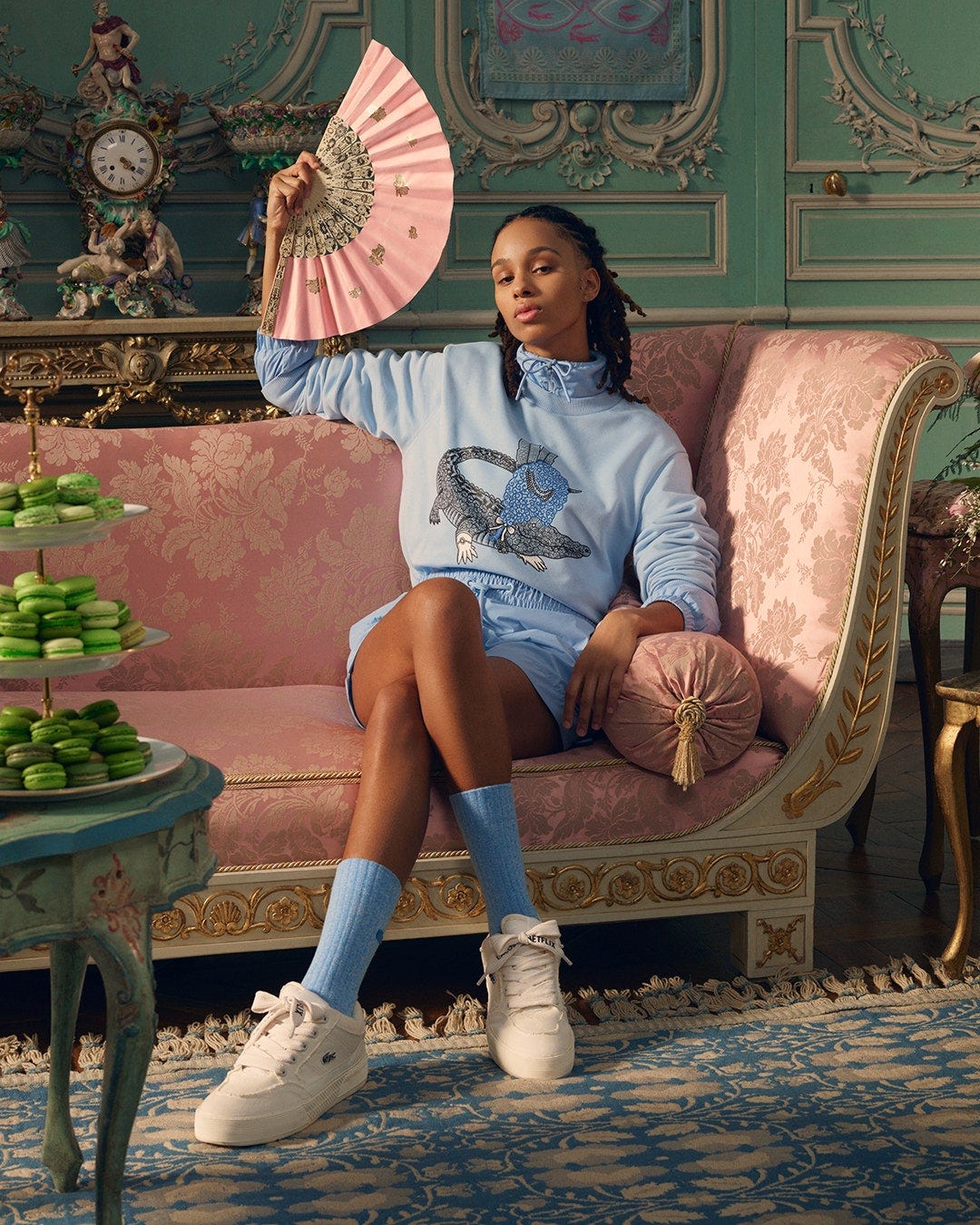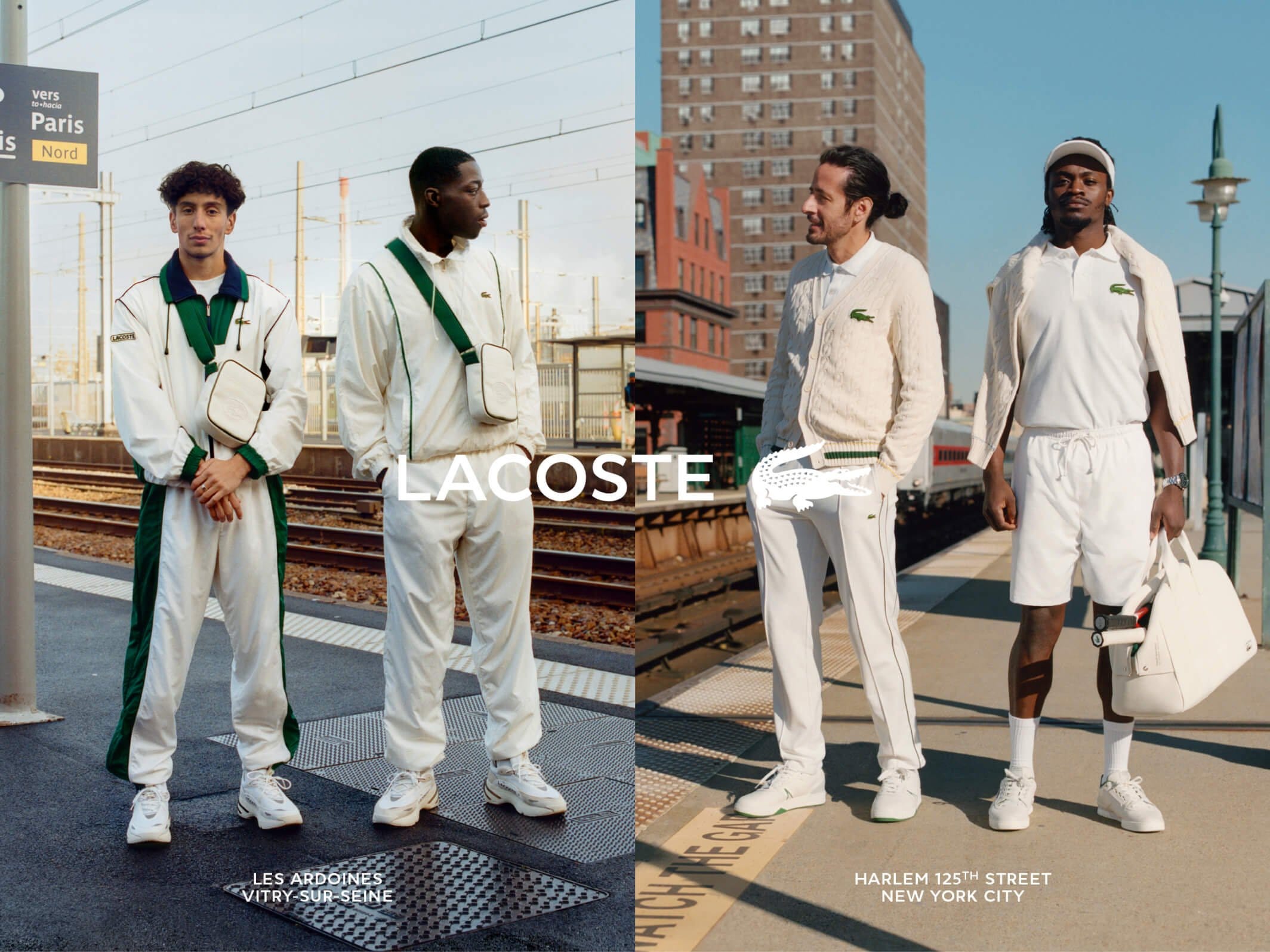From Polo to Pixels: Case Study on Lacoste's Web Strategy
The definitive case study on how Lacoste is reinventing its brand with Web3, including key learnings for brand leaders.
In the annals of fashion and sportswear, few names resonate with the legacy and innovation synonymous with Lacoste. The brand remained relevant for nearly a century by keeping their fingers on the pulse of modern sports culture.
With UNDW3, Lacoste made one of the boldest and most thorough entries into Web3, reinventing the brand and setting a standard for community-led branding for consumer brands.
Today, we’re going to untangle Lacoste’s Web3 strategy and look at:
The Lacoste Brand
Lacoste’s Web3 journey
Performance Analysis
Bottom line & What’s Next
Take-Aways For Brand Leaders
Ready? Let’s jump in.
From our Partners
First Google Analytics alternative for Web3 marketers.
Why use Cookie3?
1. Discover the most effective marketing channels by analyzing real on-chain transactions, not only clicks or views.
2. Evaluate user quality through wallet age, token holdings, and balance.
3. Build targeted personas using on-chain data, and export their X handles for precise marketing.
Receive free 3 weeks trial and 20% off lifetime with promo code "MARC"!
Lacoste: Timeless Elegance🐊
Who’s Lacoste? A globally recognized French fashion brand known for its iconic crocodile logo and sportswear.
Its essence centers around its heritage in sports elegance, most notably tennis. And that isn’t a coincidence. René Lacoste, the French tennis champion with nearly a dozen Grand Slam titles, founded the company in 1933.
His nickname, "The Crocodile,"1 became the brand's iconic emblem, as his friend and stylist Robert George began sewing a crocodile onto the white jackets Lacoste would wear to his tennis matches. Lacoste hated playing in long sleeves so invented the polo shirts the brand is now famous for, embodying a blend of sportiness and casual chic.2
“Inventor! If I had to put a profession on my business card, that is what I would write. I have invented my whole life.” — René Lacoste
Over its almost 100-year history, Lacoste has never been about being the first or the most flashy; but about understanding their brand's strengths and moving forward in a way that is authentic and strategically sound.
For example: Lacoste’s logo, while uniquely distinct, has virtually remained unchained for the past 40 years, while competing in a market that’s flushed with shiny new trends and new competitors.
That’s pretty cool right? This serenity made Lacoste a symbol of quality and timeless, smart casual style, upholding its founding principles: quality, understated elegance, and a belief that life is a beautiful sport.
Over its history, it has maintained its association with tennis while expanding into golf and sailing, reinforcing its image as a brand for sports enthusiasts who value sophistication and comfort.
Key historical periods include:
Foundation and Innovation (1933-1950s): Launch of the classic Lacoste polo shirt, featuring a unique petit piqué fabric and the now-iconic green crocodile logo. This was a revolutionary design for tennis apparel that emphasized comfort and functionality, setting a new standard in sports fashion.
Global Expansion and Product Diversification (1960s-1980s): Expansion into global markets and broadening of product range to include fragrances, sunglasses, and footwear, transforming Lacoste into a comprehensive lifestyle brand. This included the launch of Lacoste's first fragrance, "Eau de Sport," in 1967, and the introduction of the iconic Lacoste 101 sunglasses in 1980.
Brand Reinforcement and Heritage Emphasis (1990s-2000s): Strengthening of brand identity through campaigns that highlighted Lacoste's rich heritage, e.g. by signing Andy Roddick as a brand ambassador in 2005 and the establishment of the Lacoste Foundation in 2006, focusing on youth empowerment through sports and education. They would later sign Novak Djokovic as a brand ambassador as well.
Digital Transformation and Modernization (2010s-Present): Integration of digital innovations such the "LCST Lacoste AR app" in 2014, which allowed users to virtually try on shoes using augmented reality, and the integration of omnichannel services, like "click-and-collect”. This enhanced the customer's retail experience both online and in-store and ensured Lacoste's relevance in the increasingly digital consumer landscape.
Sustainability and Future-Forward (2020s-Present): Introduction of eco-friendly practices, such as the launch of the LOOP polo made from recycled materials and the adoption of organic cotton, aligning the brand with contemporary sustainability trends.
Lacoste Today
Today, Lacoste still is an ‘accessible luxury brand’, symbolizing “elegance, authenticity, and the union between style and sporting performance.”
“Without elegance, playing and winning are not enough.” — René Lacoste
In recent years, Lacoste has experienced significant growth. In 2023, the brand surpassed the €2.5 billion mark in turnover, which is double the amount from the mid-2010s, and is present in 98 countries with 1,100 monobrand stores.
This aligns with the growing athleisure market, valued at $358 billion and projected to expand annually by 9.3% through 2030. The popularity of Pickleball helped grow sales in tennis apparel and footwear by 15% from June 2022 to 2023, mirroring broader trends where athleisure orders soared by 84% post-pandemic, and the intersection of luxury and activewear gained traction.3
The brand adeptly capitalizes on these dynamics, navigating a market where luxury represents a significant share of new store openings and where the demand for "Smart Clothing" is poised to grow at 25% through 2025.
Speaking to Next-gen Consumers: Disney, Highsnobiety and Minecraft
Lacoste didn’t strike us as particularly forward-thinking in speaking to next-gen consumers. During the 2010s, the brand faced challenges in maintaining relevance among younger audiences. Thierry Guibert, CEO since 2015, said that “Lacoste was, some years ago, considered an old-fashioned brand, like your father wore Lacoste”.
Keep reading with a 7-day free trial
Subscribe to 51 Insights to keep reading this post and get 7 days of free access to the full post archives.










